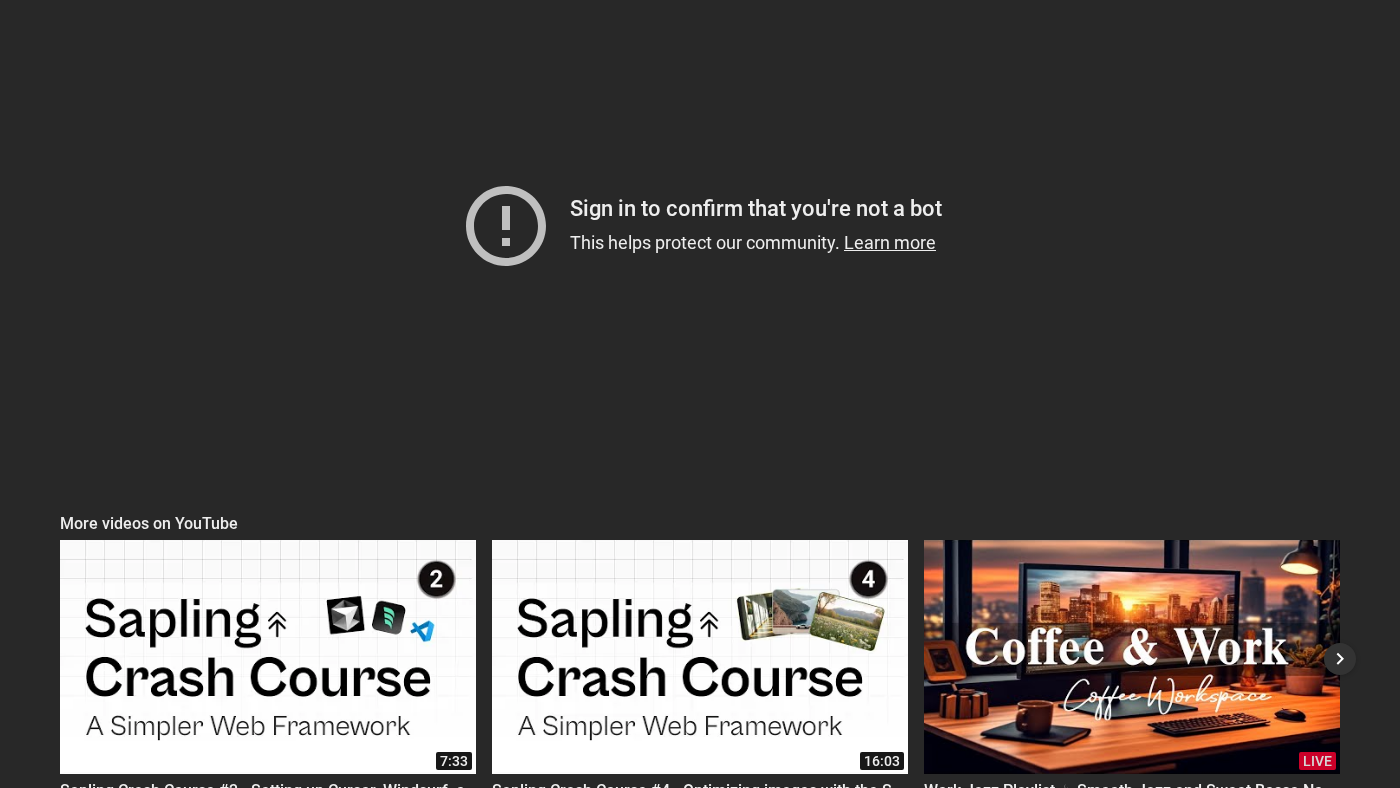Introduction to Sapling: A Minimal and Modern Web Framework
Sapling is a new web framework that has been introduced as a minimal and modern alternative to existing frameworks. In this article, we will explore the features and capabilities of Sapling, and how it can be used to build web applications.
Getting Started with Sapling
To get started with Sapling, you can visit the official website at https://sapling.land/. From there, you can click on the "Get Started" button to begin the process of creating a new project. You will be presented with a choice of using npm, bun, or Dino as your runtime. For this example, we will be using Dino.
Creating a New Project with Sapling
To create a new project with Sapling, you will need to have Dino installed on your system. If you don't have Dino installed, you can follow the instructions on the Sapling website to install it. Once you have Dino installed, you can create a new project by running the command dino new my-app in your terminal. This will create a new directory called my-app with the basic structure for a Sapling project.
Project Structure
The project structure for a Sapling application is similar to other web frameworks. You will have a components folder for your React components, a layouts folder for your layout components, a pages folder for your page components, and a static folder for your static assets. You will also have a do.json file that contains the configuration for your Dino project.
Index.ts File
The index.ts file is the entry point for your Sapling application. This is where you will define your routes and configure your application. The index.ts file is similar to other web frameworks, and you will define your routes using the site.get method.
Creating a New Page
To create a new page in Sapling, you will need to create a new file in the pages folder. For example, you can create a new file called about.ts in the pages folder. In this file, you will define your page component using the HTML template tag.
Conclusion
In this article, we have introduced Sapling, a minimal and modern web framework. We have covered the basics of getting started with Sapling, creating a new project, and defining routes and pages. Sapling is a powerful and flexible framework that can be used to build a wide range of web applications. With its minimalistic approach and built-in support for Tailwind CSS, Sapling is an excellent choice for developers who want to build fast and scalable web applications. In the next part of this series, we will cover more advanced topics, such as creating a blog page and writing markdown files. Stay tuned for more updates on Sapling and how to use it to build amazing web applications.
Note: There are no images to include at timestamps 27 seconds, 126 seconds, 361 seconds, 425 seconds, 483 seconds, and 645 seconds as they are null.


